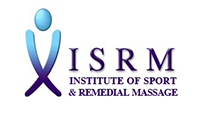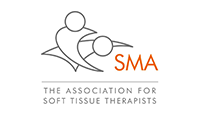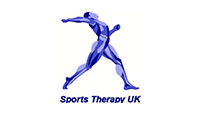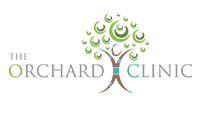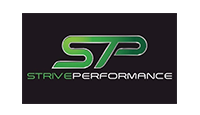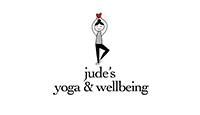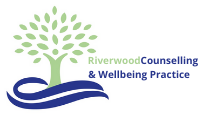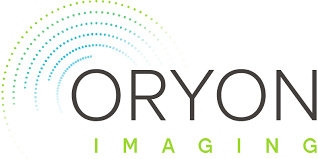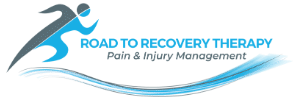Please select this service if this is your first time seeing us.
The initial consultation is vital for us to understand you; your medical history, any previous injuries, your present injury and/or pain, how you move and how your injury/pain is affecting your day to day life so that we can build a tailored treatment plan specific to you and your needs.
Your first appointment includes:
– An initial sit down consultation
– Subjective and objective assessments
– Postural assessment
– Joint range of motion assessment
– Functional movement screening (if applicable)
– Special joint and muscle testing (if applicable)
– Biomechanics and gait analysis (if applicable)
This service is suitable for all types of musculoskeletal (MSK) aches, pains and injuries, whether they were acquired at work, through daily living or sport specific. Sessions offers Patients the opportunity to have an injury or complaint throughly assessed and information will be provided on how best to manage the issue, along with appropriate rehabilitation advice to help aid with the recovery process. Hands-on treatment may be included as part of your initial consultation, however this will depend on the time taken to carry out a full in-depth consultation and assessment based on the complexity of your complaint and medical history. Follow up sessions will be advised accordingly.
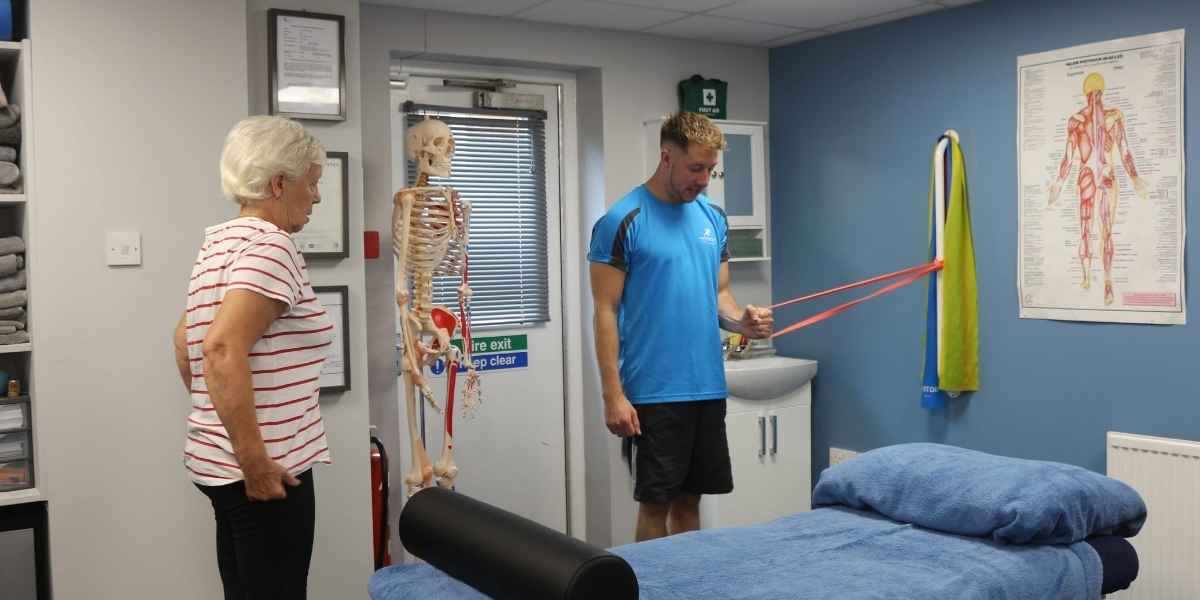
Sports & Remedial Massage Therapy is a specialist type of treatment that provides key health benefits to individuals from all walks of life, whether they are involved in sport or not. It is an extremely effective solution to help reduce aches, pains and discomfort caused from intense training programmes through to everyday activities. Not only does pain and discomfort derive from exercise and activity, but it can also be experienced from sedentary lifestyles and poor posture because muscles and joints tend to seize and stiffen, which causes restrictions and dysfunction. Sports & Remedial Massage can be used to increase flexibility, mobility and joint range of motion, whilst maximising performance in sport, reducing the risk of injury and aiding with recovery through the manipulation of soft tissues – muscles, tendon, ligaments, joints and connective tissue.
Sports and Remedial Massage works by breaking down trigger points (commonly known as knots) and tension build up within tissue fibres, to create newly realigned and reformed structures, enabling normal function to be restored. Massage techniques open up pores in tissue membrane, allowing an increased amount of blood supply carrying fresh oxygen and nutrients to pass through the tissue fibres, speeding up the healing process and recovery of soft tissues. Sports & Remedial Massage Therapy uses a variety of soft tissue techniques aside from the typical massage strokes. The combination of techniques can be used during treatments to bring about different effects on the body such as pain reduction, muscular relaxation, increasing range of motion and reducing stress and anxiety levels.
Sports & Remedial Massage can be used in response to pain and injury, whether acute or chronic. It can help a variety of musculoskeletal (MSK) and orthopaedic complaints and is effective as a one-off treatment, preventive measure or part of a regular maintenance and recovery programme.
Here are just some of the key benefits that Sports & Remedial Massage provides:
- Alleviates Aches, Pains and
- Discomfort
- Reduces Muscle Tension and Spams
- Eases DOMS (delayed onset muscle soreness)
- Increases Mobility and Flexibility
- Improves Joint Range of Motion (ROM)
- Reduces Stress and Anxiety
- Aids with Injury Prevention
- Speeds up Injury and Post Exercise Recovery
- Enhances Athletic Performance
- Improves overall Soft Tissue and Joint Health
- Facilitates with Toxin and Waste Product Removal
- Increases Lymphatic Drainage and Blood Flow
- Promotes a Better Quality of Sleep and Relaxation
- Improves Energy Levels
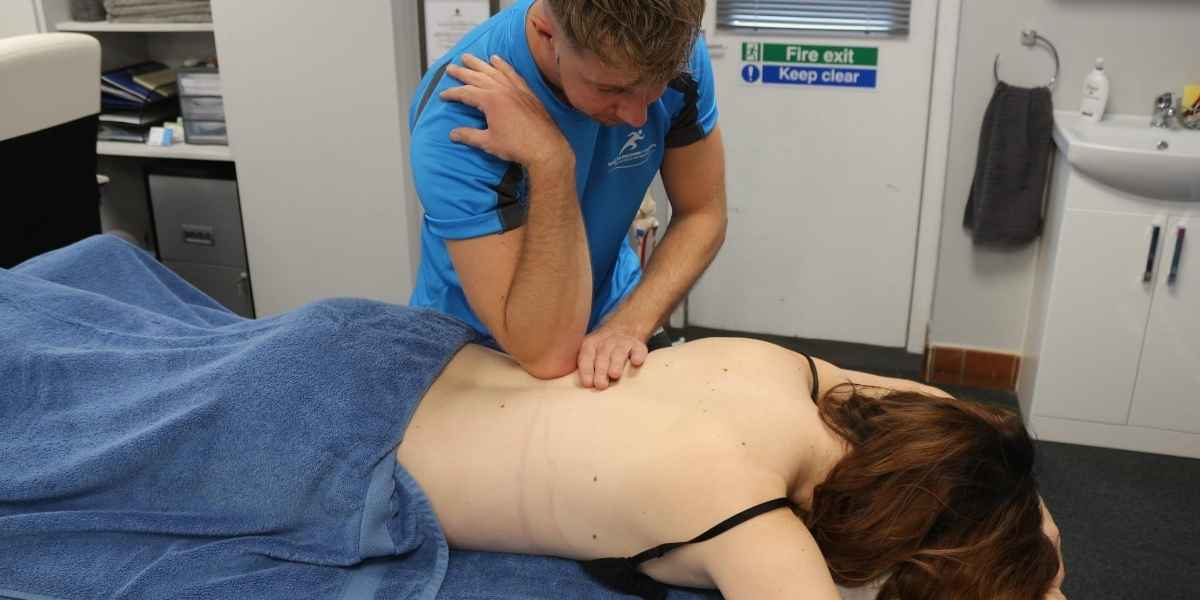
Injury Therapy & Rehabilitation can be used to treat an extensive range of injuries and conditions whether they were acquired at work, through daily living, sport specific or as a result of an accident. Soft Tissue Therapist have experience in working with repetitive strain injuries (RSI), overuse injuries and injuries resulted through trauma, as well as post orthopaedic surgery and a number of musculoskeletal complaints. It doesn’t matter whether an injury occurred whilst playing sport on the pitch, lifting in the gym, training for a marathon, tripping down a curb or falling down the stairs. The rehab protocols and treatment principles remain the same. Injury Therapy & Rehab uses a combination of Soft Tissue Therapy techniques to alleviate pain and increase motion from Sports & Remedial Massage to Medical Acupuncture and injury Strapping and Taping. The injury site and dysfunction which surrounds it can be corrected and rectified using a variety of rehabilitation and corrective exercise techniques. Depending on the injury, the programme may include strengthening, functional and proprioceptive exercise, along with stretches and mobilisation techniques. These treatment techniques and rehabilitation exercises aim to get an individual back to optimum level of function, occupation and sport-specific fitness regardless of the age or ability.
We aim to maximise recovery by tailoring treatments and rehabilitation plans to individual’s needs, based on their goals and by monitoring progress throughout. So, whether you are ‘sporty’ or not, Injury Therapy & Rehabilitation could help you!
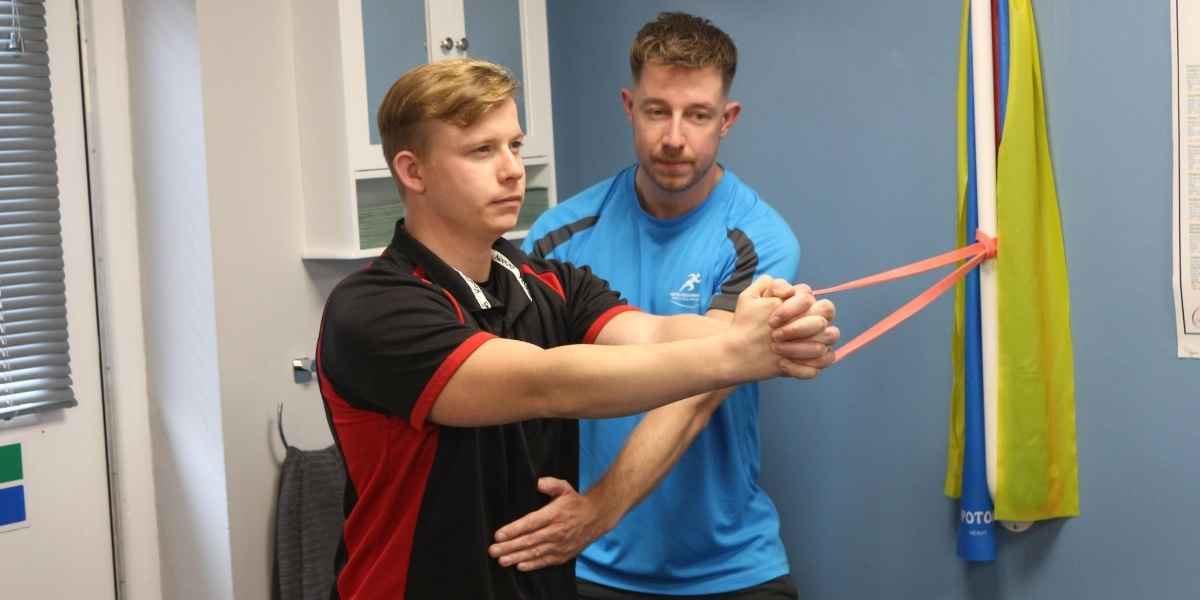
What is Medical Acupuncture / Dry Needling (DN)?
It is a therapeutic modality used to treat musculoskeletal (MSK) complaints. It is a westernised adaptation of traditional Chinese medicine which encourages pain relief and promotes healing. It is used to relieve myofascial trigger points, increase range of motion, decrease muscular tightness, reduce pain and aid with recovery from injury.
How does it work?
It involves the insertion of one or several very fine stainless-steel needles (0.25mm) into muscles, tendons or ligaments using “dry needles” which pierce through the skin. The needles are placed into trigger points causing a “twitch response” which essentially relaxes the muscles and resets the neuromuscular (nerve and muscle) systems, resulting in pain and tension reduction, whilst stimulating a healing response. During this process fresh blood supply carrying oxygen, nutrients and hormones are released which flood the affected area to help speed up the healing process and flush away any unwanted toxins to further aids with recovery.
Is it safe and is it hygienic?
- It is very safe, and serious or harmful side effects are extremely uncommon.
- Only sterile, single-use, disposable needles are used.
- The area of insertion is cleaned before treatment using antibacterial disinfectant and gloves are worn when treatment takes place.
- In the event of bleeding, antibacterial disinfectant will be used to clean the area and a cotton pad / plaster will be applied.
- Licensing from the local authority has been granted to carry out this treatment.
- You should be aware of the possibility of incurring a pneumothorax (punctured lung) when inserting needles into the mid/upper back, but please note this is again incredibly rare and your practitioner is fully trained and experienced in the delivery of treatment.
Is it painful?
The needles are very fine (0.25mm) so the sensation felt is very mild and more of a discomfort – it is not like having an injection or blood test. The sensation varies from person to person, some feel a slight sharpness, others feel a sensation similar to a flick and some may feel nothing at all. You may feel a “twitch” in the muscle as the needles are inserted, this is a good sign and means that the needles are in the correct position. Once the needles have been inserted most sensations tend to subside.
Does it have any side effects?
As with all manual therapy treatments there are some side effects, you should be aware of the following:
- Drowsiness can occur in a small number of patients. You are advised not to drive if you feel tired.
- Euphoria can occur in a small number of patients. You are advised not to drive or make any important business / financial decisions if you experience this sensation.
- Minor bleeding or bruising can occur around the area of insertion.
- Discomfort is common but pain is not. You should make your practitioner aware if you feel any overwhelming pain.
- Existing conditions will likely get worse before improving as with other manual therapy treatments. You should inform your practitioner if your condition worsens after a few days following treatment.
- Fainting is not unheard of particularly after the first treatment.
- If there are any specific risks or side effects that apply to your complaint, then your practitioner will discuss this with you prior to treatment commencing.
What should I tell my practitioner before treatment?
A full medical history will be taken prior to treatment commencing and you will have been asked to fill out an initial consent form detailing any medical conditions, but please inform your practitioner if you suffer from any of the following:
- If you have ever fainted, had a fit, or experienced a ‘funny turn’.
- If you have a pacemaker or any other electrical implants.
- If you have a bleeding disorder (haemophilia).
- If you are taking any anti-coagulants or any other medication i.e. warfarin.
- If you have any areas of skin where you experience altered sensation such as numbness or tingling.
- If you have any damaged heart valves or are at particular risk of infection.
- If you are currently pregnant.
Dry Needling (DN) vs Traditional Chinese Acupuncture (TCA) –
What is the difference?
Dry Needling also known as Medical Acupuncture is a westernised adaptation to TCA and is used to treat pain and dysfunction associated with the body’s soft tissues – muscles, tendons and ligaments. Is it used to deactivate trigger points which cause pain, and stimulates a healing response to promote recovery from trauma or injury. In the UK Medical Acupuncture or DN is practised by Healthcare Professionals and is generally regarded as part of conventional medicine, which is very much evidenced based.
Traditional Chinese Acupuncture (TCA) is predominantly used to treat pathological conditions (diseases) which can affect single organs or the body as a whole. TCA is linked to the belief that disease is caused by disruption or blockages to the flow of energy (meridians) known as ‘qi’ in the body and places emphasis on ancient beliefs of ‘yin’ ‘yang’. Chinese Acupuncture stimulates points on or under the skin and is believed to release the blocked energy so that normal function can be restored. It is a well-practised treatment modality used world-wide which has been around for thousands of years, approved and loved by many.
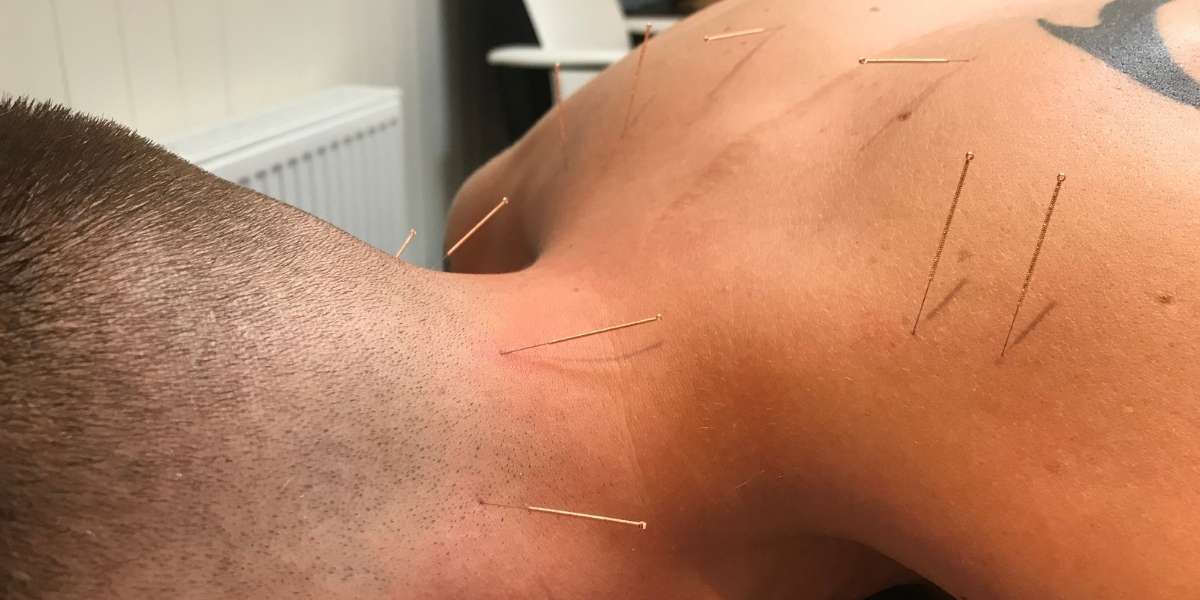
Pre-Competition & Injury Strapping
The principle behind Pre-Competition & Injury Strapping is to provide support to weakened areas of the body, allowing Athletes to continue performing with minimum amount of discomfort. Using tape and adhesive bandaging attached to the skin in order to physically keep joints, ligaments and muscles in a certain position helps prevent movement and reduces stress through the weakened area. It can also be used as a great tool to help rehabilitate an injury during its acute stage of recovery.
Kinesiology Taping
Kinesiology tape, Kinesio tape or K tape refers to a very thin, stretchy, cotton fabric which is non-medicated and latex free – making it friendly on the skin! It is designed to relieve muscle strain or acute injury causing discomfort. It is used to help reduce inflammation, swelling and bruising, increase lymphatic drainage and blood flow, reduce pain and discomfort, helps restore normal muscle function, promotes proprioception and acts as an aid to help support muscles and joints without restricting range of motion. Applied correctly it should last multiple days and withstand athletic activity and showering without coming off. It works by pulling up the dermal layers of skin and fascia (connective tissue), changing the structures of the fascial lines which allows an increased amount of blood, oxygen and nutrients supply to pass through the soft tissues helping with recovery.
Strapping or Taping may be applied in all sessions (free of charge) when deemed necessary to do so.
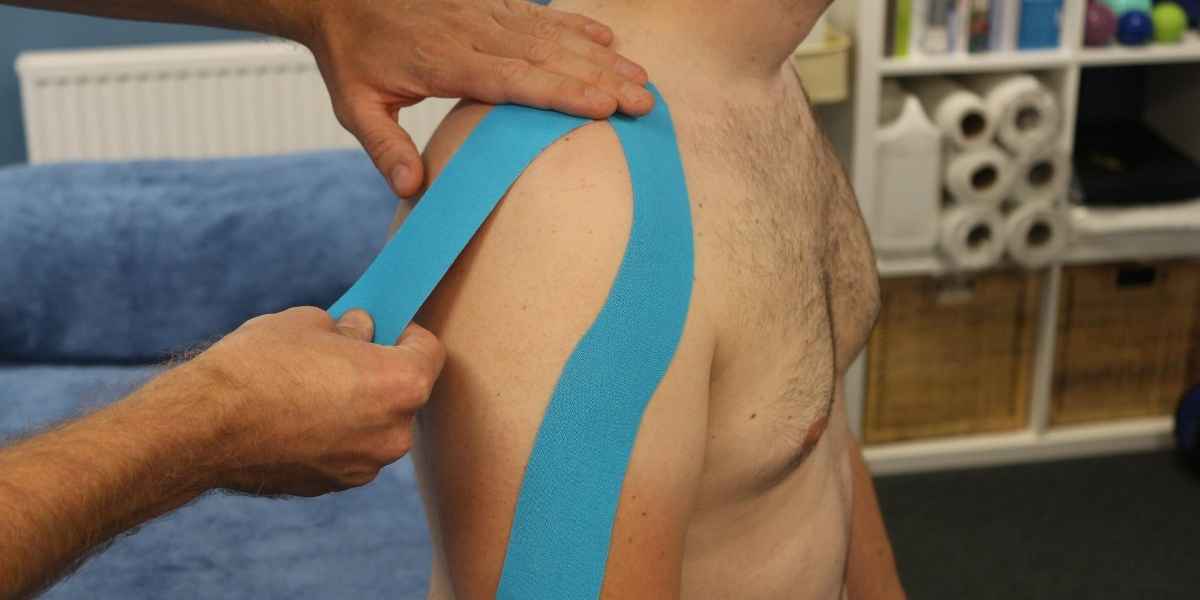
Whether you have an acute injury, long-standing issue or just a simple ‘niggle’ it is important to carry out appropriate strengthening, proprioceptive, stretching and mobility exercises to help repair, rebuild and reeducate soft tissue structures, in order to help correct a problem or injury. This will enable you to return to functional activities and allow a safe recovery from injury, whilst preventing reoccurrence. This is why our Patients get prescribed bespoke home exercise programmes which are tailored and targeted to their needs, along with some useful information sheets and helpful aftercare advice. We use a leading industry exercise prescription software designed by Physiotherapist to carefully put together exercise programmes for Patients. The software includes a user-friendly interface, with helpful video content and explanations of how to complete exercises correctly. And of course we are always on hand if any of our Patients ever require further assistance or guidance.
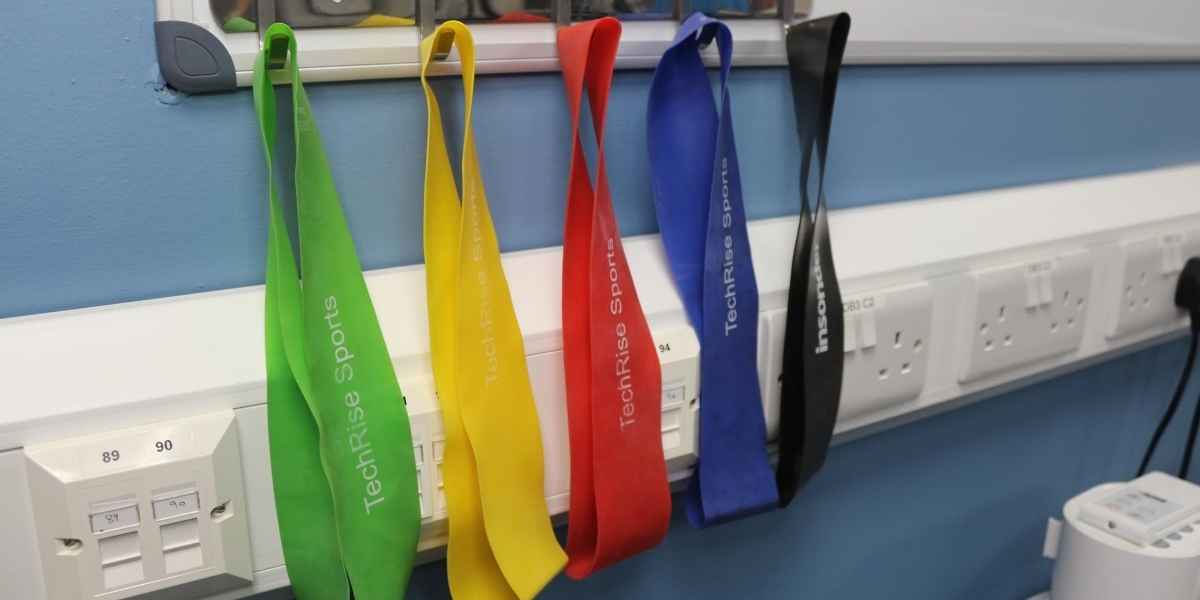
In pain? Suffering an injury? Book your session today
Associated With
We are affiliated with a number of industry leading Professional Associations and local Healthcare Professionals, including Physiotherapists, Osteopaths, Councillors, Personal Trainers and Yoga Instructors. Ensuring that we provide our Patients with the best possible treatment and care from start to finish.
